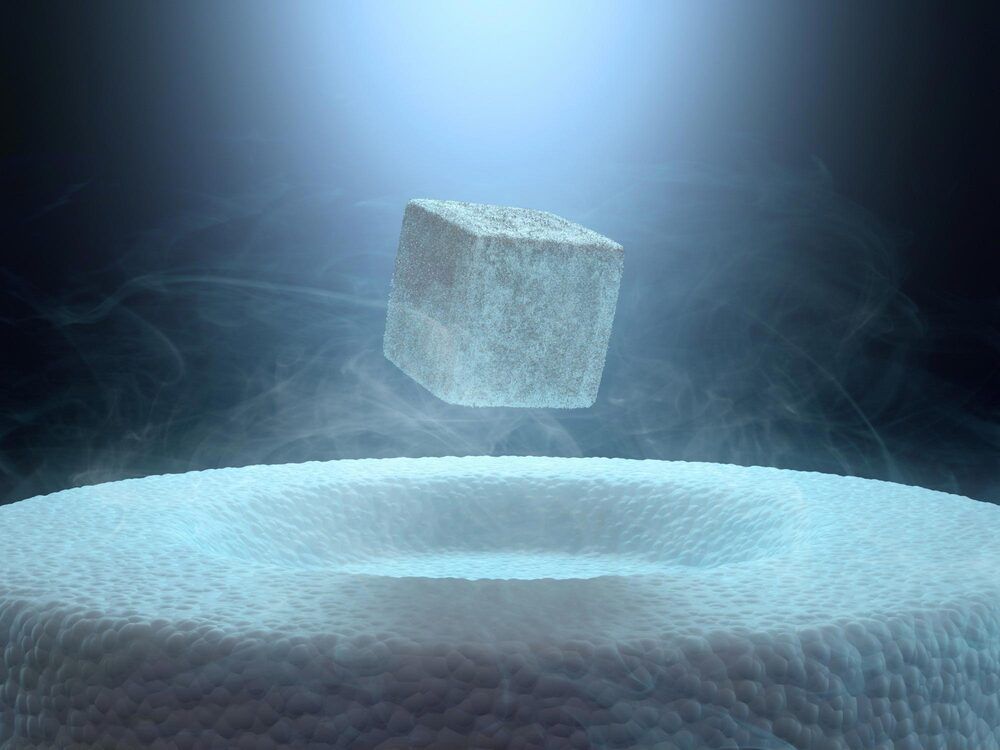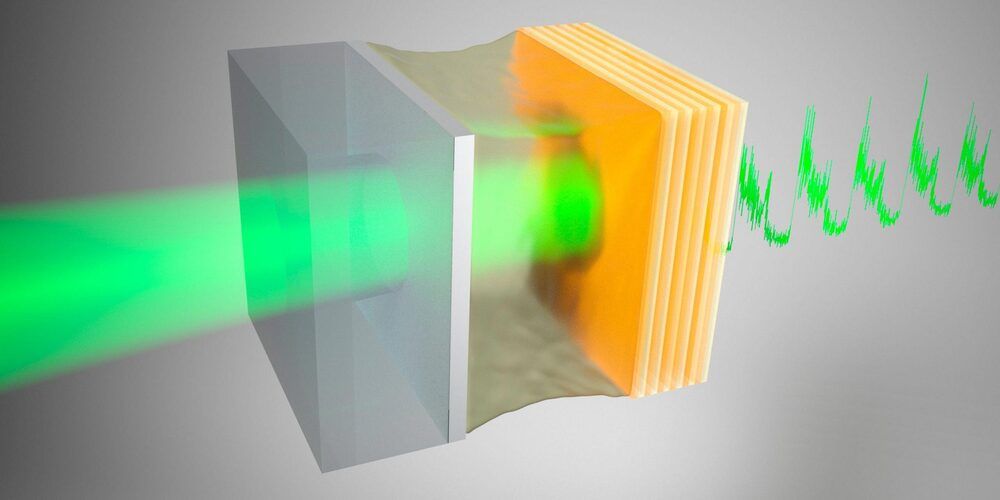Jun 29, 2021
Wow! NASA photographer spots space station crossing the sun during spacewalk (video)
Posted by Genevieve Klien in categories: energy, space
The mosaic image is a composition of seven subsequent frames taken from Nellysford, Virginia, as the space station traversed the face of the sun at the speed of roughly 5 miles per second, which is about 18000 mph (29000 kph), according to a NASA photo description.
The six-hour and 45-minute spacewalk was the third for Pesquet and Kimbrough in less than two weeks as they completed work on augmenting the space station’s power systems. The iROSA panel deployed on Friday was the second of six new panels to be installed at the station.
Friday’s extravehicular activity (EVA) positioned the second iROSA opposite the first on the far left, or port side of the space station’s backbone truss. Now both the 2B and 4B power channels on the port 6 (P6) truss have the new arrays deployed.
















